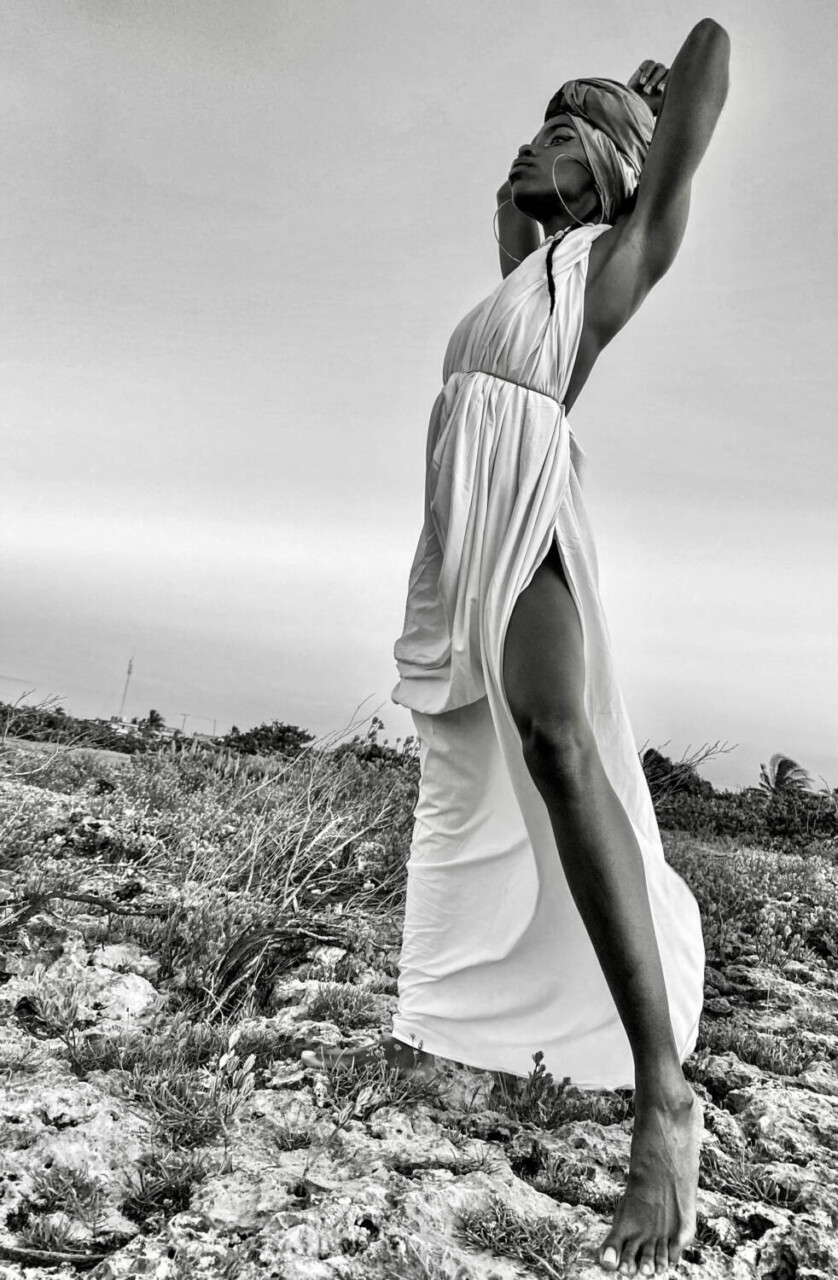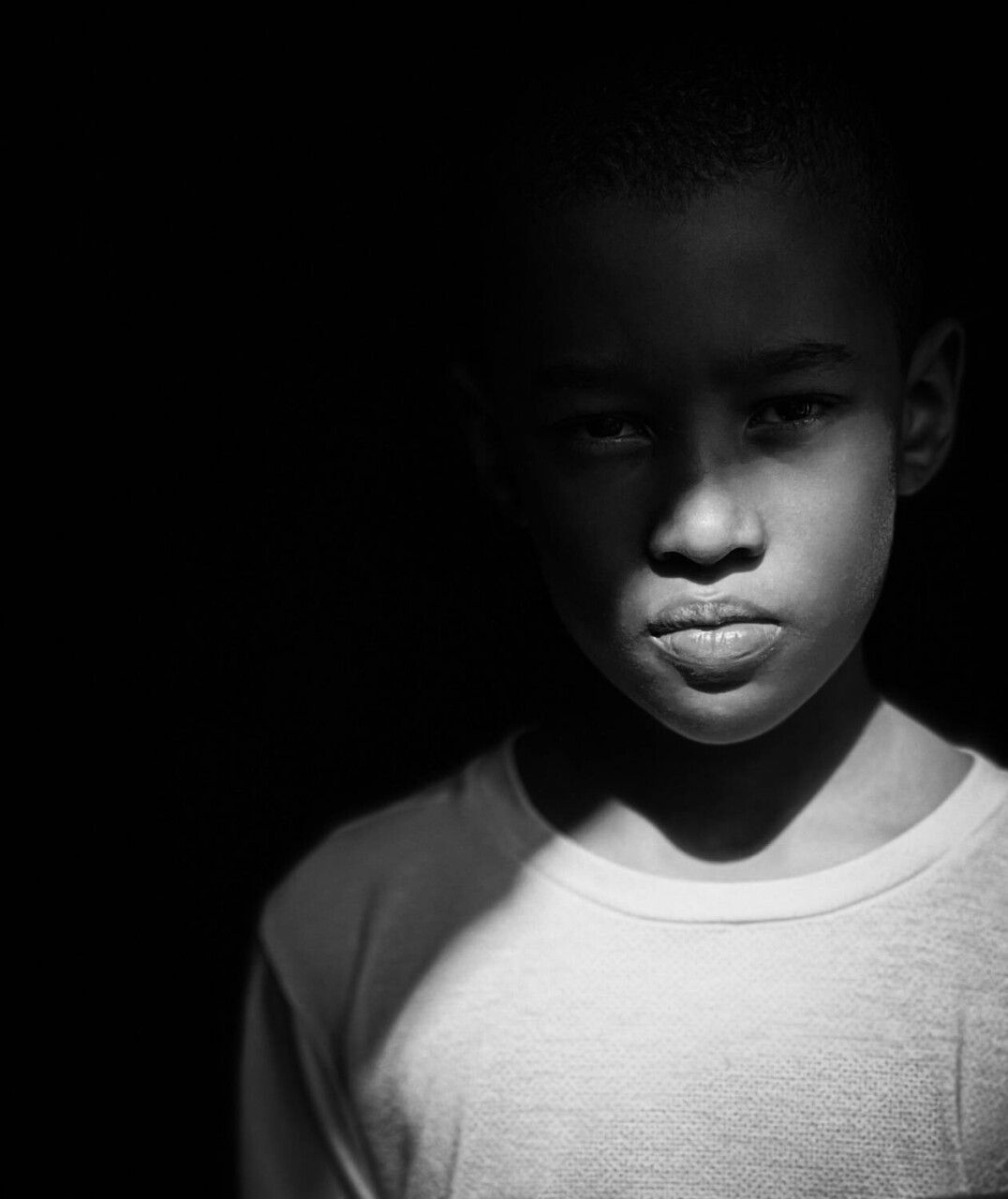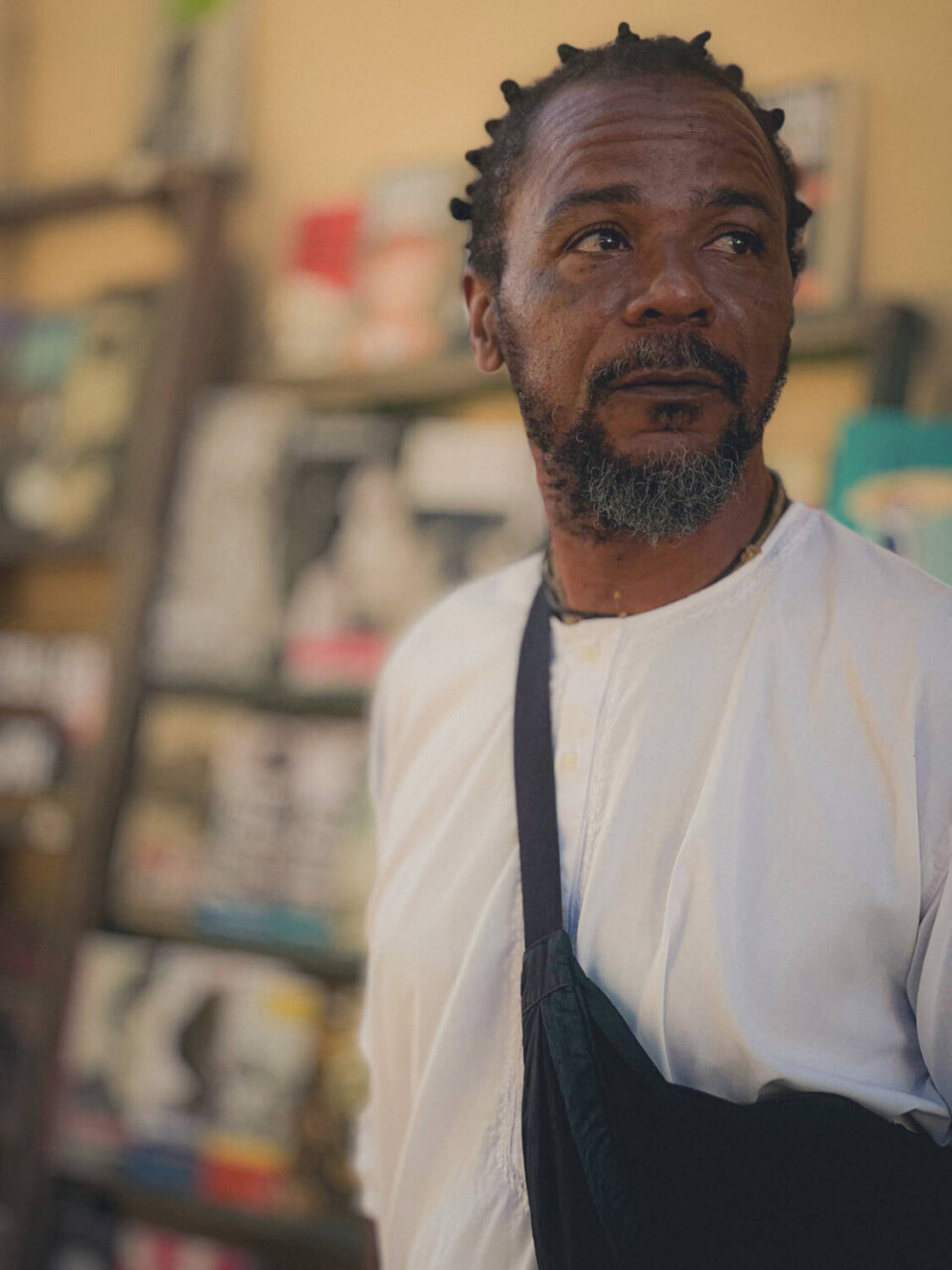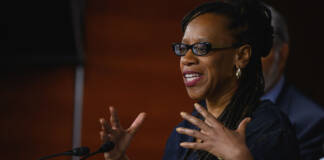
by JR Valrey, The People’s Minister of Information
Whenever the Caribbean island of Cuba’s name has been whispered on the shores of the US for the last 61 years, since the beginning of the US blockade, it is with a secretive reverence in the Black community, because Cuba has refused to bow to the wishes of US imperialism.
With the people of Cuba having been cut off for the most part from most of the Western world, and struggling through a crippling impoverished life, their eyes tend to see the beauty of the human spirit in a way that is not corrupted by corporations and trends designed to sell mass produced products.
The Cuban-born and -raised photographer who goes by one name only, Sekou, and I met in ’97 during the World Youth Festival in Havana, Cuba. After losing contact, we reconnected in 2023, when I returned. A little less than a decade after our initial meeting, I would host his rap partner from the Cuban group, Anonimo Consejo Kokino back in Oakland, showing him around the ghetto when he moved to the US.
Still rapping conscious, thought-provoking lyrics, but also having mastered how to tell the story of his beloved Black Cuba with his pupil and telephone has been a phenomenal undertaking, because it pierces the veil of isolation that has been forced on Black Cuban culture by international politics. All art is political; at the same time, creativity can transcend the psychological boxes that humans put each other in because it comes directly from the soul, which is our link to the spiritually divine. Sekou’s use of shadows and light speaks volumes about what he is conveying.

You can catch Sekou’s work now in San Francisco at the Ruth Williams Bayview Opera House, 4705 Third St., San Francisco, where it will be hanging at least until the end of November.
MOI JR: What is the name of your exhibition at the Bayview Opera House? What are the photographs depicting?
Sekou: “Miradas desde Cuba” (“Views from Cuba” – ed.) is an exhibition that reflects feelings, roots and Afro existence from a deeply human perspective. It speaks of identity, the here and now, and those stories that have often been made invisible or stereotyped by the media over time.
MOI JR: How long have you been a photographer and what motivated you to be one, after being recognized internationally for your music with Anonimo Consejo?
Sekou: I have been capturing images for over 10 years. I was motivated by the need to express myself and to share the light that resides within us. I wanted to join the path of transformation initiated by those who came before me, breaking the doubts that sometimes make us question our own beauty and intellectual capacity — doubts produced by a colonial mindset sustained by Eurocentric ignorance.The absence of Black people — like my mother, my siblings, friends or neighbors — in the foreground of visual representation inspired me to create this “Mirada,” a way of saying: We exist.
MOI JR: How would you compare being a rapper with being a photographer?
Sekou: More than comparing them, I am interested in seeing what they have in common. There are many ways to raise your voice and reclaim our ancestral cultures. Rap, images and community actions are tools I use to narrate the contexts and realities that shape me. For me, that is what hip hop culture is all about.
MOI JR: What is the importance from your perspective of this particular exhibition when looking at the state of relations between Cuba and the US?
Sekou: Many people are willing to support, and that has great value. For example, Gina Madrid and Yrak Saenz, artists I greatly admire and respect, proposed that my images be exhibited at the AfroLatinex Concert in San Francisco. The response from David Saenz (La Fauna Music), Theo Ellington and the Ruth Williams Opera House was immediate: They opened their doors to showcase “Miradas desde Cuba” and share this visual language.
I am deeply grateful to all of them. I believe this is what mutual support is about. Even though governmental policies are often tense due to different interests, beyond those who make policy decisions, we can always find ways to build our own bridges.
MOI JR: As the photographer, what do you want people to get from this exhibition?
Sekou: I hope this exhibition serves as a window into their “Mirada,” their thoughts and their emotions.
MOI JR: As of right now, do you have any other exhibitions scheduled in the US?
Sekou: We are creating connections so that the exhibition can be presented in other spaces across the United States. Many proposals have already been accepted, and we will be informing those who are interested through my social media.
MOI JR: How could people get in touch with you to see your work or work with you?

Sekou: This is my IG and contact email, which I always monitor:
Instagram: @sekouipx
Email: sekouartvida74@gmail.com
JR Valrey is a veteran journalist who can be heard weekly on Wednesdays on 89.5FM KPOO or KPOO.com from noon to 3 p.m.. His work can also be heard on www.blockreportradioworld.com.





